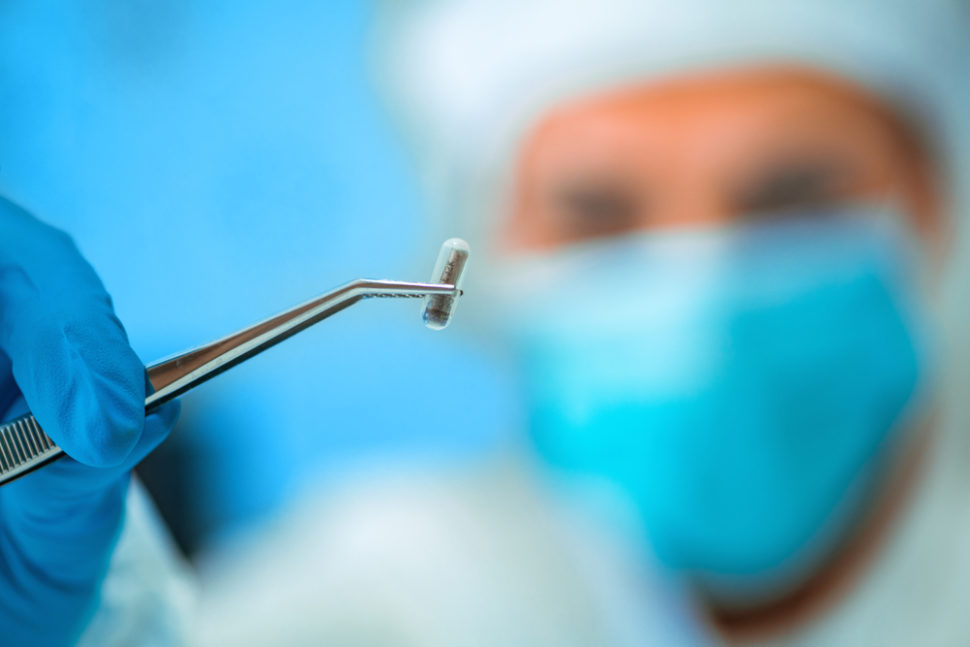A team of Stanford University researchers developed a new implantable sensor that decomposes when its usefulness ends.
To date, orthopedic surgery patients require physical rehabilitation to recover fully. However, knowing just how much stress or pressure the repaired parts can withstand is still considered more of an art than a science.
Because of that, researchers have been in search for ways to create an implantable sensor that could provide more accurate and specific measurements inside the body while in rehab.
It’s an ideal outcome for these sensors to simply disappear after it has served its purpose or if they are no longer needed. Otherwise, a second surgery to recover the sensors would be required.
However, today’s sensors are not fully biocompatible which is a major issue. This is the case until a new implantable strain and pressure sensor created by the Stanford researchers allegedly overcame the problems.
“Here we report an implantable pressure and strain sensor made entirely of biodegradable materials. The sensor is designed to degrade after its useful lifetime, eliminating the need for a second surgery to remove the device,” the researchers wrote in their paper published in the journal Nature Electronics.
Read More: Mosquitoe Bites Helped Solve a Problem With Neural Implantation
To make the sensor structure, the researchers allegedly stack two sensors, one dedicated for measuring strain while the other is meant for pressure. The two sensors were made from two kinds of biocompatible and biodegradable polymers which also sport magnesium electrodes.
The final structure has five layers of material which include a top and bottom packaging that covers the sensors. The team then tested their creation by implanting it at the back of a rat.
“It can measure strain and pressure independently using two vertically isolated sensors capable of discriminating strain as small as 0.4% and the pressure exerted by a grain of salt (12 Pa), without them interfering with one another,” the researchers added.
The researchers also reported that the sensor operated normally during the decomposition period and had ceased its function when no longer useful. It also did not pose any problems for the rat.



















Comments (0)
Most Recent